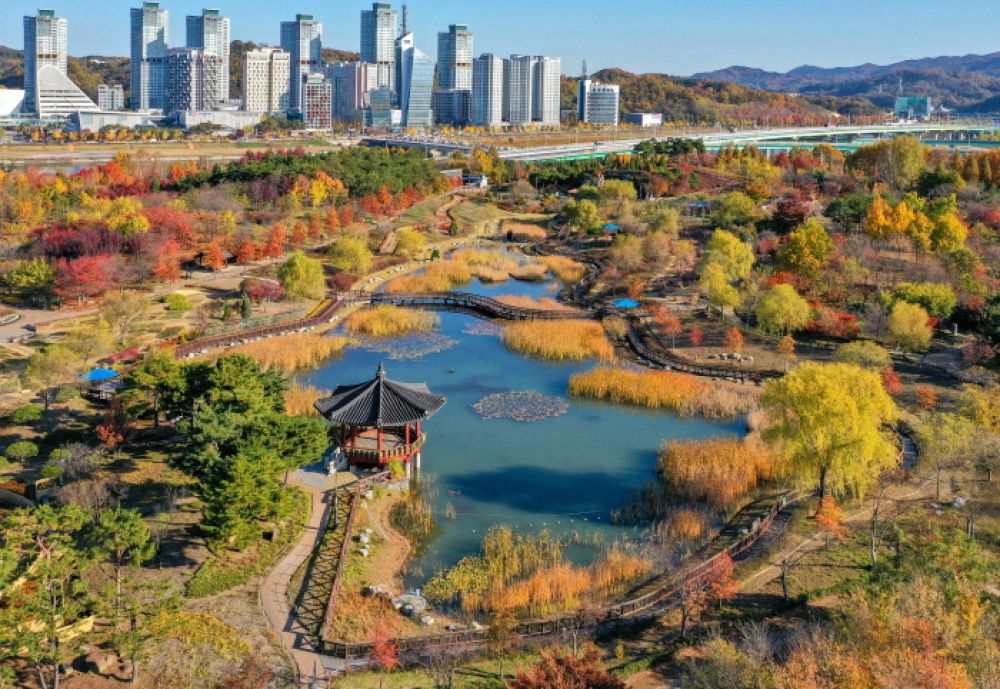

The Hanbat Arboretum, located in the heart of Daejeon, South Korea, is a testament to the city’s commitment to greenery and environmental preservation. As the largest man-made arboretum in the country, it serves as a tranquil haven for residents and tourists alike.
The growth of tourism at Hanbat Arboretum aligns closely with its establishment and subsequent development. Early on, the plot of land was part of a grand vision to create a "city within a park" for Daejeon’s citizens. In 1999, the groundwork for the arboretum was laid, transforming what was once a landfill into a sprawling area of botanical diversity.
Officially opened to the public in 2003, the arboretum quickly became a symbol of transformation and rejuvenation in South Korea, drawing in visitors with its vibrant plant collections and eco-friendly allure. Over the years, it has expanded both in size and reputation, playing host to numerous horticultural events and educational programs, slowly becoming a cornerstone in Daejeon’s push for eco-tourism.
In response to the evolving interests of tourists, Daejeon’s Hanbat Arboretum has seen a shift towards interactive and immersive experiences. Guided tours, engaging workshops, and seasonal festivals have become part and parcel of the visitor experience.
The adoption of smart technology has also been notable, with the implementation of QR codes on signage that allows visitors to learn about the plant species via an app on their smartphones. This trend towards digital engagement aligns with South Korea's broader move into smart city solutions.
The arboretum has also become a focal point for urban ecological education, highlighting the significance of sustainability and biodiversity. The children’s garden and educational programs are tailored to inspire the next generation of environmental stewards while catering to the surge in family-oriented tourism.